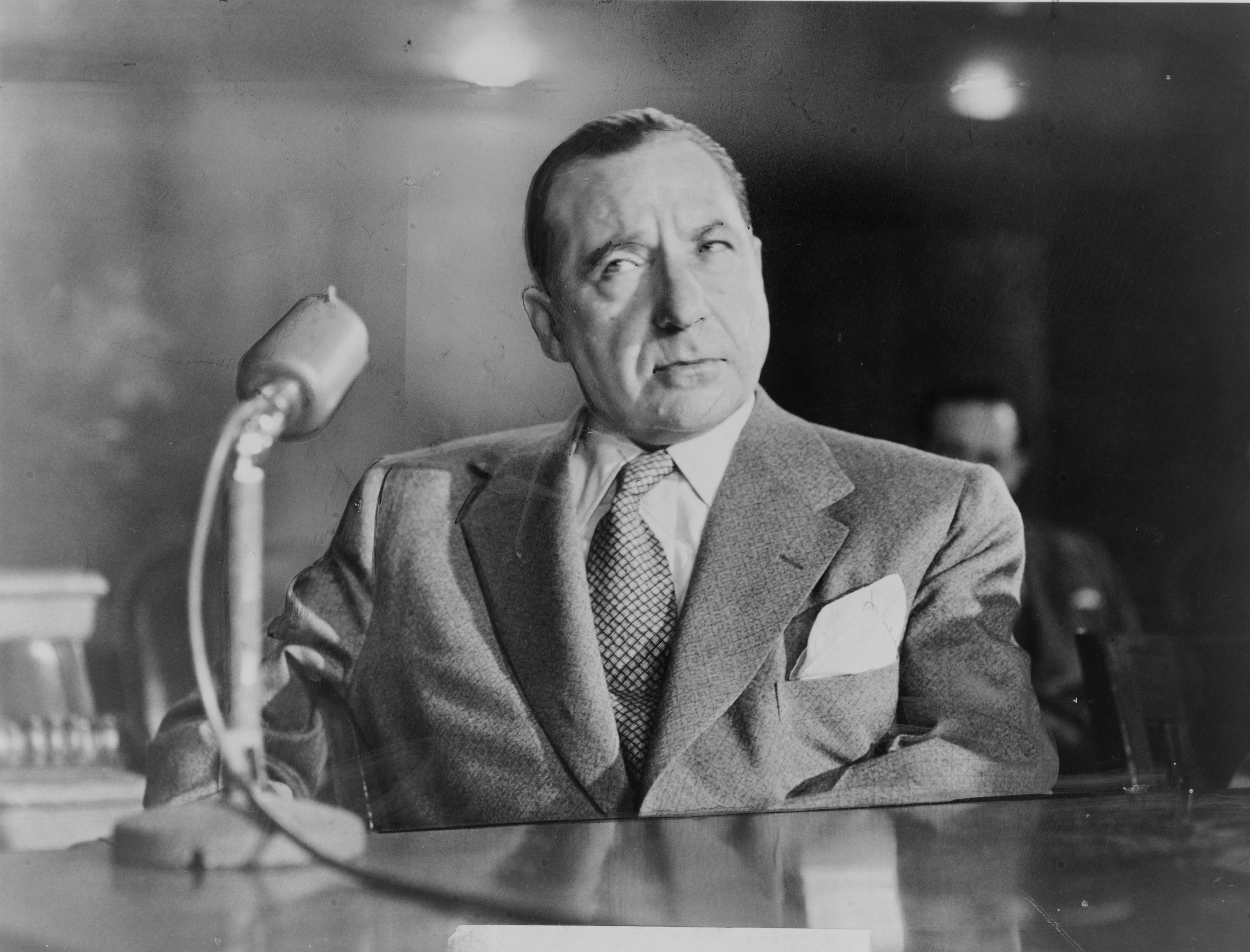The passing of the 18th Amendment and the introduction of the Prohibition inspired organized crime to step up it’s game in the 1920s. Laid off American workers or hobos made poor by the Great Depression in the ‘30s found opportunity in crime such as bootlegging, bank robbing, and even murder. In Chicago alone, there were 1300 gangs by the mid 1920, with 12,000 murders taking place every year across the country. Crime bosses profited immensely from bootlegging liquor, armed themselves with “Tommy” submachine guns and turned the streets of Chicago and other major cities into a warzone.

Gangsters spread like an unstoppable virus across the country. Gangsters like Meyer Lanskey, Johnny Torrio, and Charles “Lucky” Luciano created the “National Crime Syndicate”, a loose national crime organization composing of some of the most prominent underworld figures in the United States. Mob bosses like Frank Costello created gambling empires across the country and enjoyed political influence, with Costello becoming one of the most influential and powerful bosses in American history (he was the real life incarnation of the Godfather). Al Capone went on to become the most infamous gangster in America, making a fortune in Chicago from bootlegging operations and responsible for many acts of violence, including the St. Valentine’s Day massacre where he ordered the deaths of 7 of his rivals. He was never arrested for any of his crimes, but was finally brought in for tax evasion and served time in prison until his release and death. Al Capone forever captured the imagination of Americans, with his persona impersonalized in many films and books inspired by his exploits.

As the crime rates rose, so did the competency of the FBI. The Bureau headed by J. Edgar Hoover underwent major reforms, laying down strict codes for agents and introducing rigorous hiring criteria including background checks, physicals, and training for special agents. He created the Identification Bureau (informally called Ident) to gather and create a database of fingerprints all over the nation, and created the FBI Forensics Crime Lab as well. While previously the detectives of the FBI were little known and confused with other government crime-fighting operations, but by 1935 the underworld feared the “G-men” of Hoover’s Federal Bureau of Investigation.

It's interesting to see the other, darker side of the depression. We spend a lot of time learning about the politics of this time period, but we often overlook what happens when people are left without any choice but to resort to crime to survive. It's also worth noting the amount of gangsters that committed many crimes but never got convicted for them, for example John Dillinger, who murdered many people, including many members of the police force, but never got convicted for it. This shows how necessary the reform of the FBI was for the safety of the public at this time, especially with the crime rate associated with the Depression and the growth of the cities.
ReplyDeletehttps://www.fbi.gov/history/famous-cases/john-dillinger
This is such a well written and detailed post! It really interested me to read how many people in America chose to take darker, more risky paths in order to make a living during the Great Depression, especially while Prohibition was in existence. It is also important to note how much these organized criminals like "Lucky" Luciano were able to profit from their illegal operations, with Luciano receiving about $4 million for leading the largest bootlegging operation in the state of New York. It is also important to note how due to essentially serving as the main source of illegal alcohol, many gangsters also owned their own speakeasies that attracted customers through extravagant shows, bringing in large revenues from the sale of alcohol.
ReplyDeletehttp://prohibition.themobmuseum.org/the-history/the-prohibition-underworld/the-speakeasies-of-the-1920s/